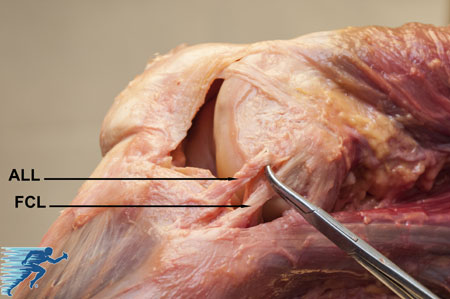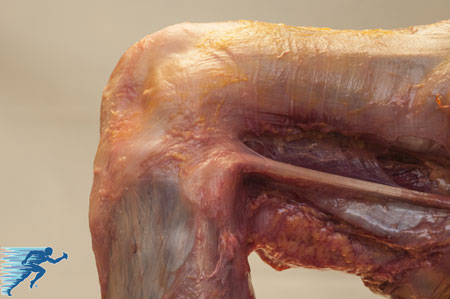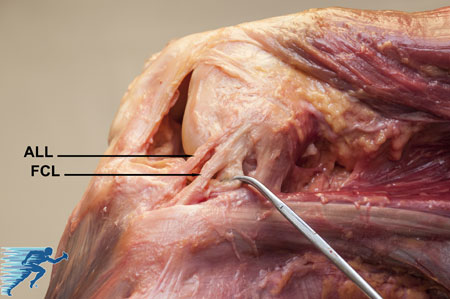I wish to congratulate Dr. Steven Claes in his recent publication on “Anatomy of the Anterolateral Ligament of the Knee.” This “rediscovery” of an important structure on the outside of the knee coincides with Dr. Claes’ PhD defense in Belgium on Friday, November 8, 2013. I wish him the best of luck in his PhD defense.
Click here to listen to Dr. LaPrade discuss the rediscovery of the anterolateral ligament on KLIF radio Dallas.
The structure that Dr. Claes refers to as the anterolateral ligament has been called other names in the past. His group has gone into a much more detailed description of this ligament, and we look forward to further anatomic, clinically relevant biomechanical, MRI and clinical outcome studies to define if it does have importance for providing knee stability.
In the past, Dr. Ron Losse reconstructed the structure that Dr. Claes is referring to as the anterolateral ligament “ALL.” The attachment points for the graft that Dr. Losse described coincides exactly with the location of Dr. Claes and his group’s description of the ALL. In addition, his structure coincides with a thickening of what Dr. Jack Hughston called the mid-third lateral capsular ligament. All of these investigators, as well as others at other centers, have reported that this ligament is important in providing some stability to the knee. To date, we as a profession have not completely defined what all the structures around the knee do in providing stability to the knee.
It is important to recognize that even in the best of circumstances a small, but sizeable, percentage of patients, ranging between 5% and 15%, still have some instability after suffering an ACL tear and undergoing an ACL reconstruction. There are many different anatomic or knee issues that could possibly be the cause of this. In some centers, a double-bundle ACL reconstruction is performed to try to minimize this risk, but to date there has not been shown to be any clinical significance between single and double-bundle ACL reconstructions either in the biomechanical lab or in clinical outcome studies. Other structures around the knee, such as the MCL and posterolateral corner structures, also have been found to have a rather significant role in providing stability to the knee and protecting a cruciate ligament reconstruction. The anterolateral ligament ALL, which our group has called the “mid-third lateral capsular ligament” may have some role in providing some rotational stability to the knee. I believe that further studies will be necessary to define this, define if this is something that is able to be diagnosed in patients who have this particular injury, validate if it does need to be reconstructed through clinical relevant biomechanical studies and then followed in patients to determine if outcomes are improved in patients who may require the surgery or not.
In the past, most forms of extra-articular ACL constructions attempted to address the “anterolateral rotatory instability of the knee” which is present with an ACL tear. As arthroscopic instruments developed and surgeons became more adept at reconstructing the anterior cruciate ligament, most concurrent surgeries to reconstruct the anterolateral structures were abandoned because there was not found to be any difference between ACL reconstructed with or without these extra-articular structures.
I believe that Dr. Claes’ group is on the right path to determine if the small percentage of patients who still have some pivoting after an ACL reconstruction could possibly benefit from a reconstruction of the anterolateral ligament. However, further studies are necessary to validate this and all of us look forward to seeing the results of those studies over the next 5 to 10 years.



